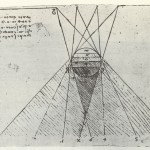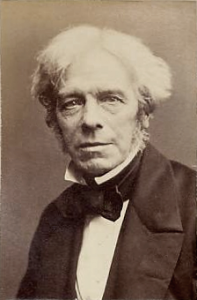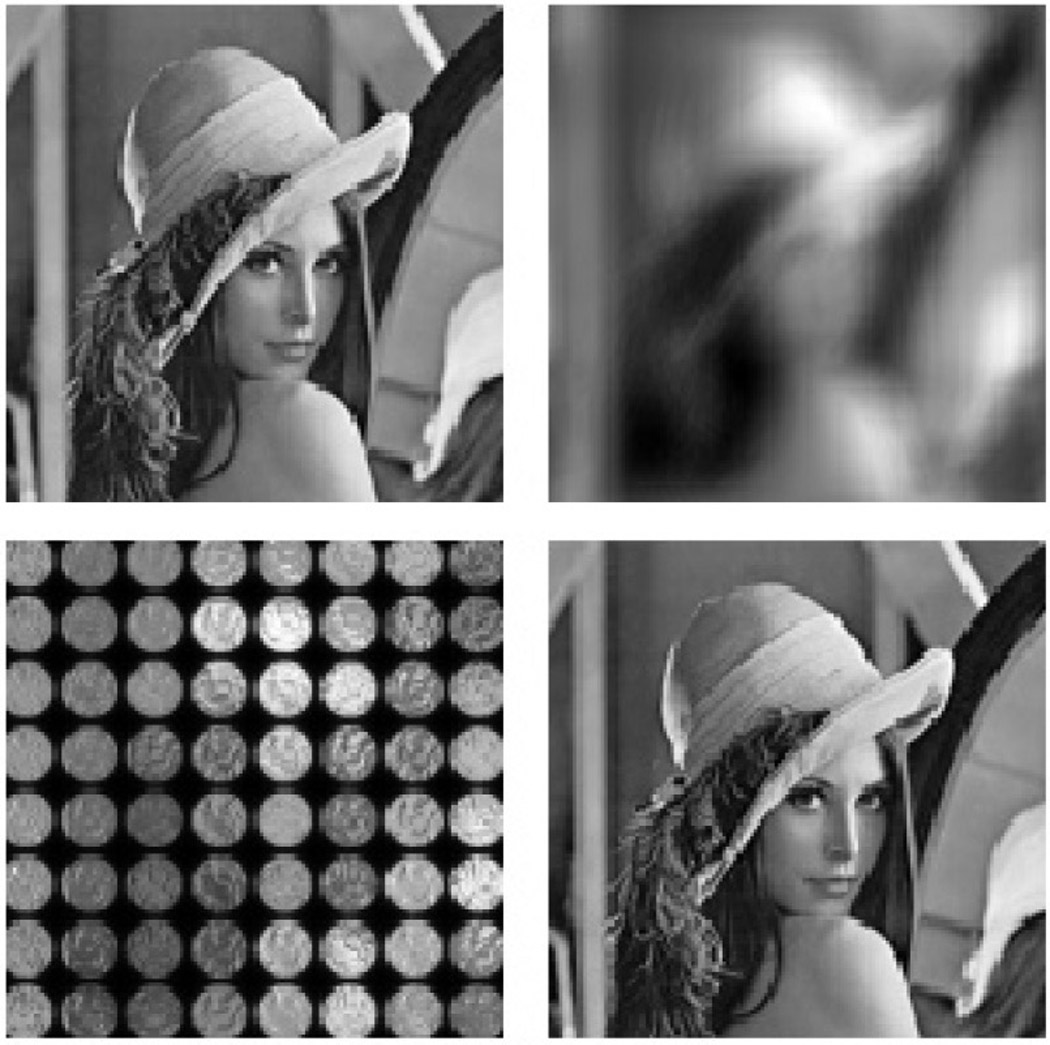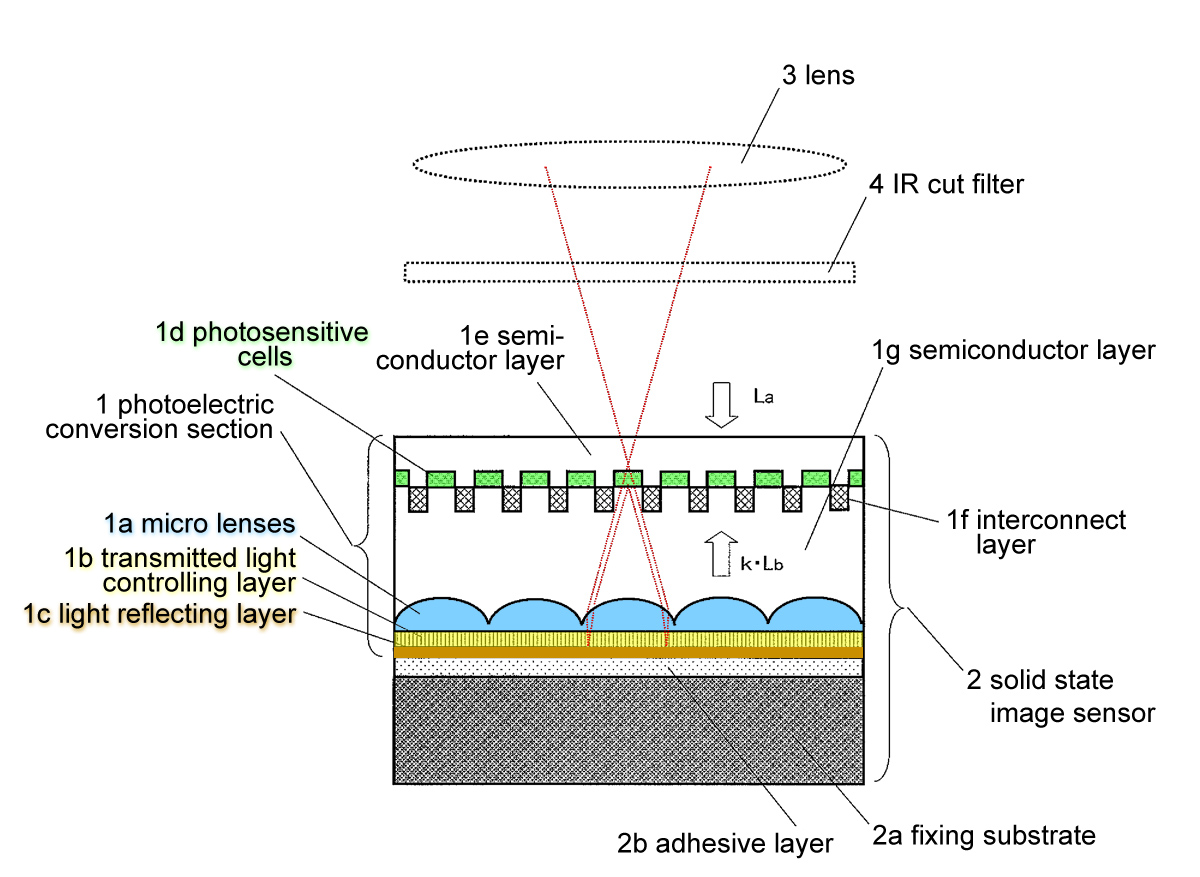LightField History: Who invented the concept of the Light Field?
 LightField Photography has just recently entered the mainstream world, but its origins lie way back in history. “Who was the first one to contemplate the concept of the LightField and document it?” you may ask.
LightField Photography has just recently entered the mainstream world, but its origins lie way back in history. “Who was the first one to contemplate the concept of the LightField and document it?” you may ask.
It was no other than Leonardo da Vinci, back in the early 16th century.
Italian polymath Leonardo di ser Piero da Vinci is known for many inventions and ideas that took several hundred years to develop into real products. Yet he had been writing about them, detailling minute features that would eventually make the difference.
Apart from helicopters, mechanical calculators and tanks, he also imagined an “imaging device capturing every optical aspect a scene”.
In his manuscripts on painting1, he described what would later be called the LightField:
“The air is full of an infinite number of radiant pyramids caused by the objects located in it. These pyramids intersect and interweave without interfering with each other.…The semblance of a body is carried by them as a whole into all parts of the air, and each smallest part receives into itself the image that has been caused.”
Today, of course, these “radiant pyramids” are commonly called light rays, but the concept of the LightField dates back to Leonardo’s idea that the light arriving at any point in space contains all the information necessary to recreate any view available from that perspective. Quite literally, there’s “more than meets the eye”.
 More than two centuries passed before another famous scientist made his own attempts at putting the concept into words: In his 1846 lecture entitled “Thoughts on Ray Vibrations”, Michael Faraday suggested that “light should be considered to manifest a field, similarly to magnetic fields”.
More than two centuries passed before another famous scientist made his own attempts at putting the concept into words: In his 1846 lecture entitled “Thoughts on Ray Vibrations”, Michael Faraday suggested that “light should be considered to manifest a field, similarly to magnetic fields”.
The term “Light Field” itself was coined by Alexander Gershun in 1936, in a scientific paper on the radiometric properties of light in three-dimensional space.
1 Leonardo and I. Richte, “The Notebooks of Leonardo Da Vinci”, Oxford University Press, 1980.







Interessante Vorgeschichte, aber wer, wann oder wo
entstand das erste Fotoobjektiv mit aequivalenter Dunkelkammer-optik?
Auch die Lentikular-technik hat vieles damit gemeinsam.